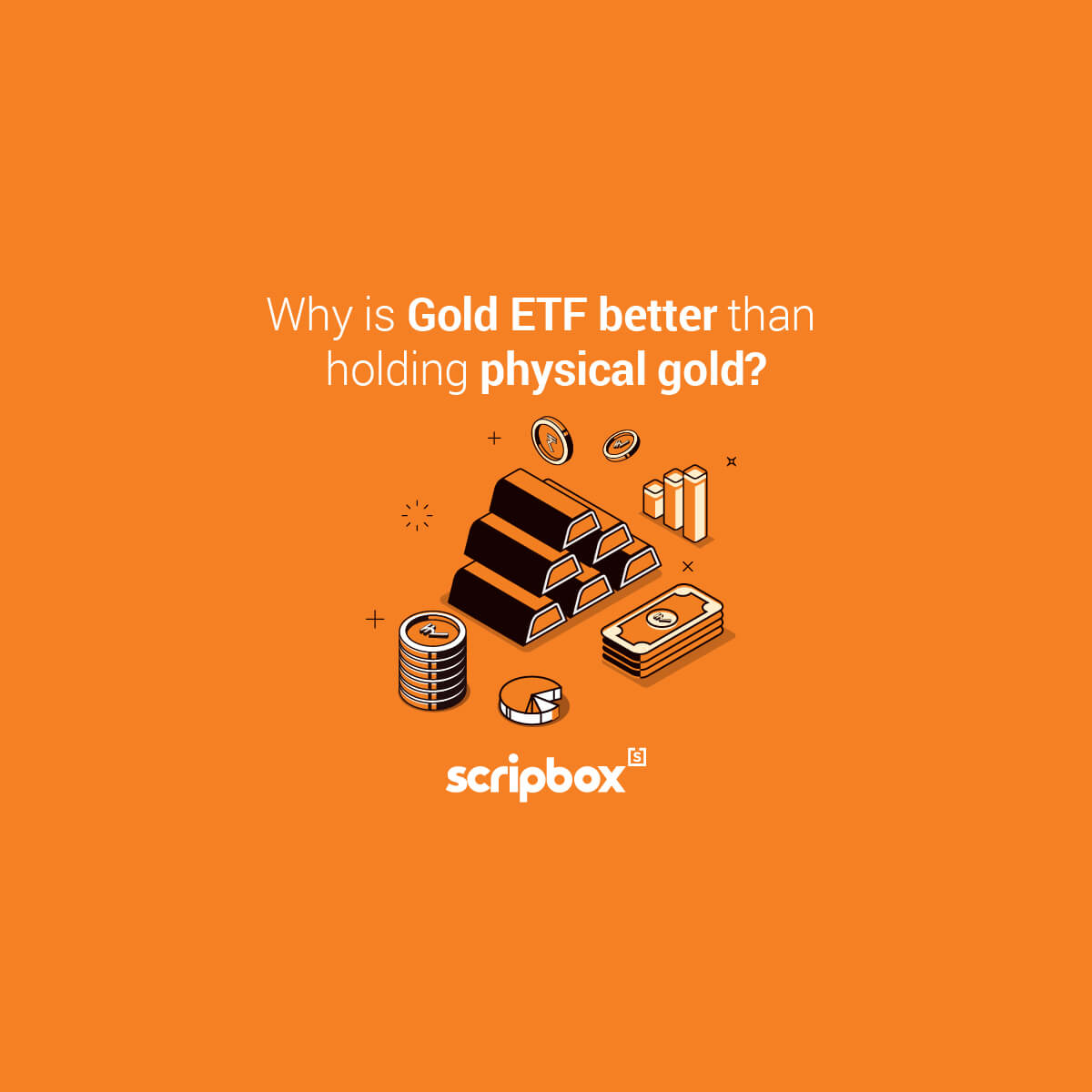ETFs have become an increasingly popular way in which people invest or trade in different asset classes. The possibility of intraday trading has added to the attraction. But unlike NAV of mutual funds, ETF traders need up-to-the-minute pricing to harness trading opportunities. The success of ETF traders is therefore dependent on receiving accurate information as frequently as possible.
The intraday net asset value or INAV is a method to establish the reference to value intraday trading opportunities. Therefore, it is an intraday indicative value of an ETF derived from the market values of its underlying holdings. So, the listing exchange calculates INAV and disseminates it to the public every 15 seconds.
The calculation of an ETF’s INAV is done using a calculation basket. It comprises securities that represent the value of a single share of the ETF. The calculation involves multiplying the last available price of each security in the calculation basket by the number of shares. You must, therefore include all securities in the calculation basket. After that, add the total and cash components, and subtract the liabilities. Subsequently, to arrive at a “per share” value, divide the final result by the number of ETF shares in a creation unit.
The formula for INAV calculation is as follows:
INAV= Σ (Shares per underlying security X Latest price)/FX rate + Est. Cash Component
CU ETF Shares CU ETF Shares
The INAV price represents the “fair” cost of an ETF in real-time. It acts as a reference point for intraday transactions and paying more or receiving less than INAV is not recommended. Since ETFs are open-ended in nature the trade of their units must be in line with the NAV of the fund. Therefore, INAV is very helpful for investors. It allows them to compare the price of ETF units when buying and selling them on the market. An investor can elect to trade at a price close to the INAV value.
Following are the difference between NAV and INAV:
| NAV | INAV | |
| NAV represents the total of a fund’s assets. | INAV represents the value of assets in a calculation basket. | |
| The acronym for Net Asset Value. | The acronym for Intraday Net Asset Value. | |
| NAV informs investors about the worth of an asset at the end of each trading day. | INAV informs investors about the worth of an asset after every 15 seconds. | |
| It is the end-of-day value of a fund. | It is the real-time value of a fund. | |
| Fund issuers officially announce NAV. | Third-party vendors calculate INAV. | |
| Useful for knowing the value per share of an ETF at a specific date. | It is the latest available price of securities in a calculation basket. It is a theoretical price of the underlying holdings. | A fair value of the securities in the calculation basket. |
Learn ETF vs Mutual Fund
- Confused if your portfolio is performing right enough to meet your goals?
- How long have you been investing in mutual funds?
- What is your current portfolio size?
- What is your approximate annual household income?
- Your profile does not qualify for a call with a Financial Expert.
- What is INAV?
- What is the purpose of INAV?
- Difference between NAV vs INAV























Show comments